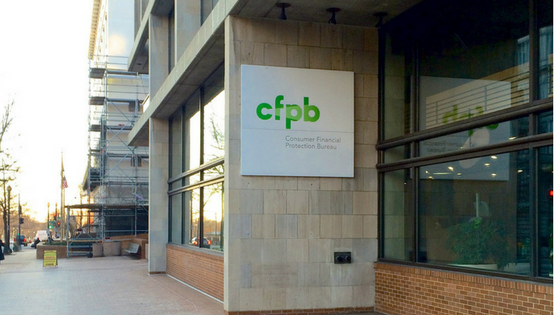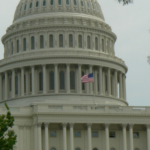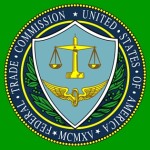In remarks posted yesterday to the agency’s website, Dave Uejio, the acting director of the Consumer Financial Protection Bureau, offered the first sign of what may happen to the debt collection rule, hinting that the enactment of the rule may either be delayed or reconsidered in some form. The remarks were part of a memo directing the CFPB’s Division of Research, Markets, and Regulations (RMR) to take “some immediate actions” in “furtherance of our mission.”
Specifically, Uejio said he was directing RMR to “explore options for preserving the status quo with respect to QM and debt collection rules.” QM refers to the qualified mortgage rule, which requires lenders verify that consumers are able to repay a mortgage before originating it.
Uejio did not specifcally explain what he means by “preserving the status quo,” with respect to either the debt collection or QM rules, but one article said it meant he may be seeking to delay implementation of the rules. The debt collection rule is scheduled to go into effect on November 30. Another report said that the comments “signaled that the bureau may move to reconsider recent final rulemakings” on qualified mortgages and debt collection.
Uejio was named acting director of the CFPB following the resignation of former director Kathleen Kraninger, who resigned at the request of President Joe Biden. President Biden has nominated Rohit Chopra to be the next director of the CFPB, but he must be confirmed by the Senate before taking over the agency. A timeline for his confirmation has not been publicly announced.
Yesterday’s comments were meant to convey Uejio’s vision for RMR, after he laid out his priorities for the CFPB’s Office of Supervision, Enforcement, and Fair Lending last week.
“I will be assessing regulatory actions taken by the previous leadership and adjusting as necessary and appropriate those not in line with our consumer protection mission and mandate,” Uejio said in his comments yesterday. “I am also asking RMR to focus rulemaking on the pandemic response and to preserve, where possible, maximum policy flexibility for the president’s nominee once confirmed.”









